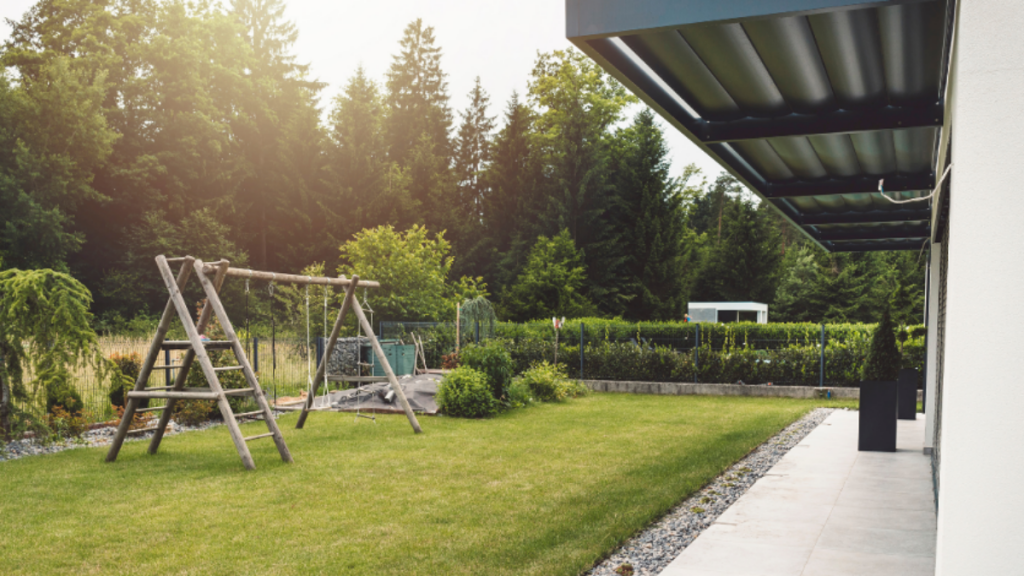Virtually everyone seeks to reduce their energy costs. During summer, cooling your home and objects increases energy costs. Also, in the wintertime, you’ll have to spend more on energy to make your home warm. No worries! Boulder landscapers recommend ways to lower energy costs with proper landscaping.
Here are a few facts that prove that landscaping conserves energy and saves cost.
- A tree-shaded neighborhood can be 6 degrees cooler than a yard without trees.
- A well-positioned tree saves you up to 25 percent of your heating and cooling costs.
- A well-designed landscaspe lowers a home’s air conditioning costs by 15 to 50 percent.
- A single shade tree provides the same cooling effect as 15 air conditioners.
- Windbreaks can lower heating bills by 10 to 30 percent. Planting windbreaks on the north, west, and east side of your home reduces the effect of wind. If you need help with windbreaks, http://www.longmontlandscaping.com/ can find the best trees for your yard.
Landscaping Tips to Boost your Energy Efficiency
Let’s consider some of the best landscaping tips to make your home energy-efficient.
1. Plant Deciduous Trees
Planting trees can help you save costs on energy. Plant deciduous trees on both the south and west sides of your house to block out the sun’s rays during the summer. Typically, deciduous trees lose their leaves during the winter while allowing sunshine into the home. This increases the home temperature. Deciduous trees are suitable for all seasons since they save costs on heating and cooling the home.
2. Design Concrete Surfaces
Due to its durability and strength, concrete is widely used as a building material. Design your patio or deck with concrete. This will help absorb heat during the day and reflect it at night to keep your home warm. If your home is situated in areas with a harsh climate, you should adopt this landscaping tip.
3. Keep Wind at Bay
While you want to make your home cool and shady during the summer, it can become too cold in the winter. Proper landscaping offers wind protection. Plant windbreaks on the north and northwest sides of your home to prevent cold winter winds and reduce heating costs. In cold winter areas, you might want to allow the afternoon sun rays into your home. Consider planting trees on the west side to enable the sun to penetrate the home.
The best windbreak shouldn’t be too far from the house. A distance of one or two tree heights seems ideal. Thick vegetation or trees of different sizes can act as windbreaks, reducing wind speed.
4. Add a Water Feature
A water feature has a cooling effect, both physically and psychologically. A pond situated close to the house will cool the air and interior. You can add a fountain as well.
Conclusion
The above-listed landscaping tips will help make your home energy-efficient. If you’re looking for an expert for your landscaping works, https://www.jerseycitylandscapedesign.com/ would be a good choice. Jersey City Landscape can create your dream home while helping you to conserve resources.




